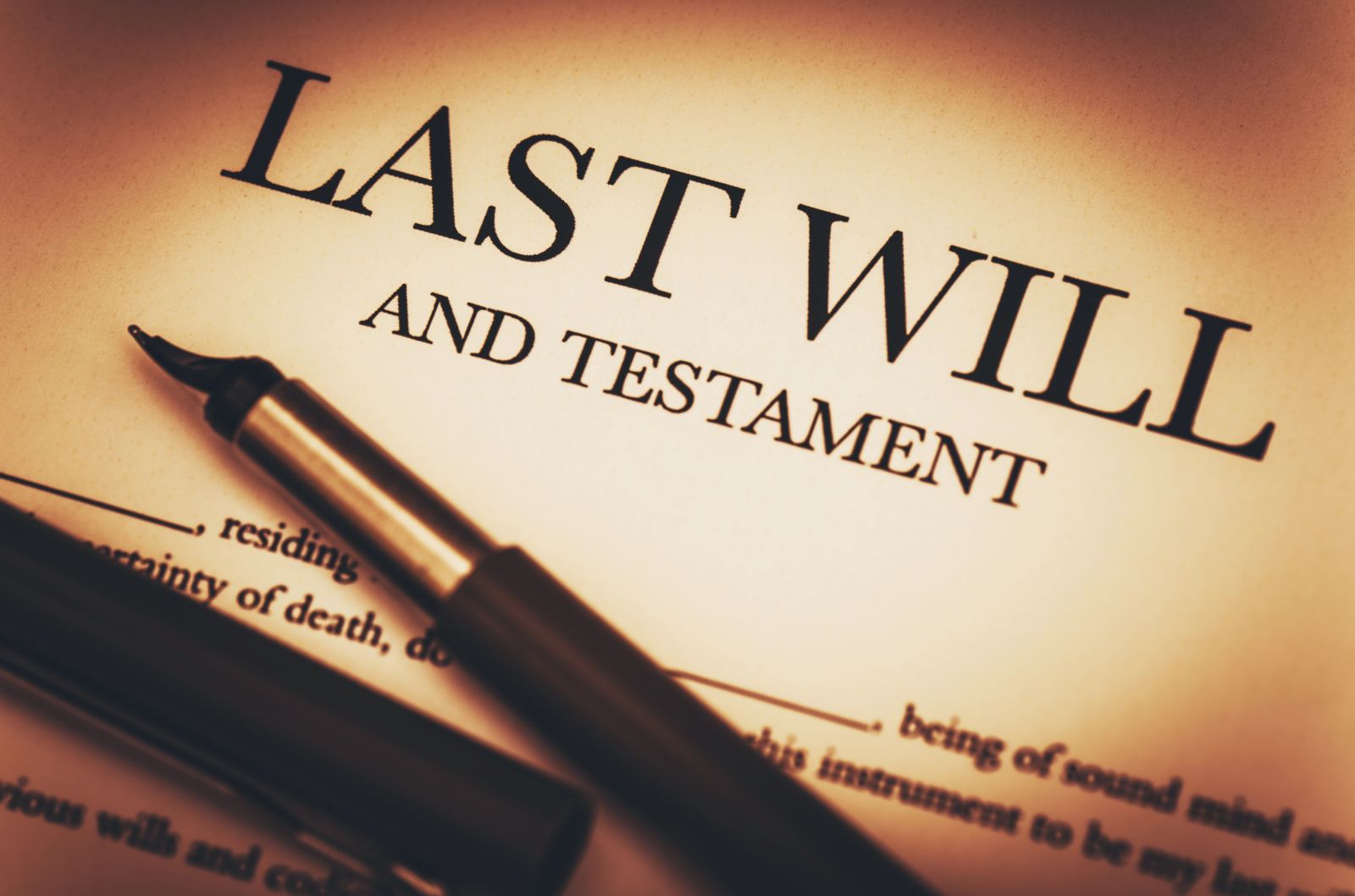Blog
So You Have an Estate Plan. Now What?
Many of you reading this may have already had an estate plan prepared, and in doing so considered the distributions of your estate to your heirs, asset protection mechanisms, tax saving strategies, and/or probate avoidance. You spent time thinking about the contents of those documents and spent money to have them prepared. Those documents may have included a Last Will and Testament, Living Trust, and various other incapacity related documents. You stored them in a secure location such that these documents would be safe from destruction and prying eyes. You thought you were all done with the estate planning process, but maybe not. So gather up all of your tools and leave some bread crumbs behind for those who will help you.
An estate plan is a like a toolbox that contains everything you need to reach your planning objectives. Each of the documents that your attorney has drafted for you, along with critical follow up actions, are the individual tools in that toolbox. Used in conjunction with one another, these tools are the means by which you implement your objectives in regard to the distribution of your assets, preserving those assets from claims and taxes, as well as minimizing probate administration. Missing one or more of these tools can result in an incomplete estate plan and a failure to accomplish one or more of your intended goals.
So ask yourself if are there any additional actions that need to be taken in regard to your estate plan. Are there beneficiary designations for life insurance, IRAs, and other retirement assets that need completing? Is there a transfer or payable on death designation that your counselor advised you to change or to implement in regard to financial accounts? These designations are used in conjunction with the formal estate planning documents to assure that your assets are being transferred to whom you want and in a tax efficient and timely manner. Are there assets that should be re-titled differently or transferred into your living trust? Often assets need to be re-titled from or into joint names or from one spouse to another. Similarly, to avoid the probate administration of some assets, the title to those assets may need to be changed such that your trustee becomes the title owner, rather than you individually.
Once you have your toolbox filled, consider leaving some bread crumbs behind for those that will be handling your affairs. You know what you own, what you have for debts, where your assets are, and how to access them. However, will the person who is charged with handling your affairs (the fiduciary) be able to discover this information? Not everyone enjoys the hunt for treasure, and it can be time consuming, costly, and ultimately impact the carefully created estate plan you put into place. Your fiduciary will be entrusted with the responsibility of determining the type, value, and location of all of your assets, as well as addressing taxes, debts, and expenses. This can be a difficult task for someone without the knowledge of your affairs, a readily available treasure map, or at least some bread crumbs.
Your estate plan is your private affair. You need not share it or its information with anyone should you so choose. However, at some point, your fiduciary will need to become privy to the plan that you have created so it can be implemented. Sometimes leaving a few bread crumbs can be enough to give your fiduciary a start at locating the information they will need. Bread crumbs can come in all shapes and sizes and can be a single crumb or many that create a trail. A simple start is to consider providing your fiduciary with the details for your attorney, accountant, insurance, and other advisors who can be contacted in the event that something happens to you. Another is to consider leaving a note with your fiduciary or trusted family member summarizing your assets and liabilities and telling the fiduciary where more detailed information is located, such as a home safe or a bank safe deposit box. Consider leaving a “treasure map” in that safe place that has a summary of and the originals of your documents, deeds, statements, insurance policies, and titles to your assets. For those of you immersed in the electronic world, pay particular attention to leaving bread crumbs for your online assets. If you have “paperless” assets for which you receive no hardcopy statements of any kind, be sure to create a list of the assets and the relevant information for them that can be discovered by your fiduciary. Consider including account information, passwords, access codes, and other confirmatory details for any “paperless” assets, as well as access details for your computer and/or social media accounts, or they may never be found until a much later time.
So don’t assume that your estate plan is complete once you have met with your attorney and signed your documents. At some point, someone will need to become privy to your estate plan to carry out your objectives. Use all the tools in your estate planning toolbox to make sure your goals can be accomplished, and offer a trail of breadcrumbs to those that will be assisting you when needed. Finally, remember that your estate plan, your assets, and all of your information will change over time, so be sure to periodically update it all, including those bread crumbs.
